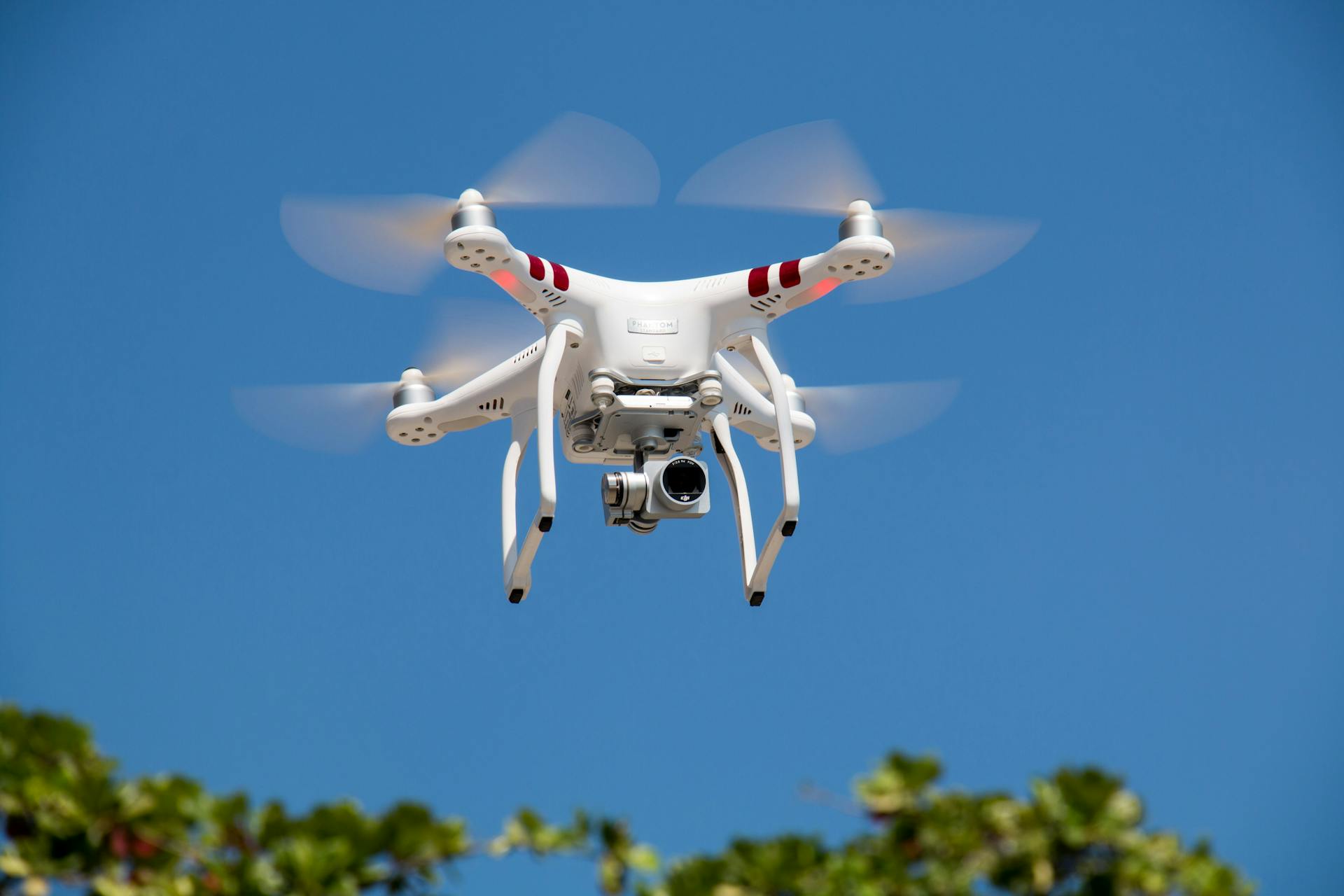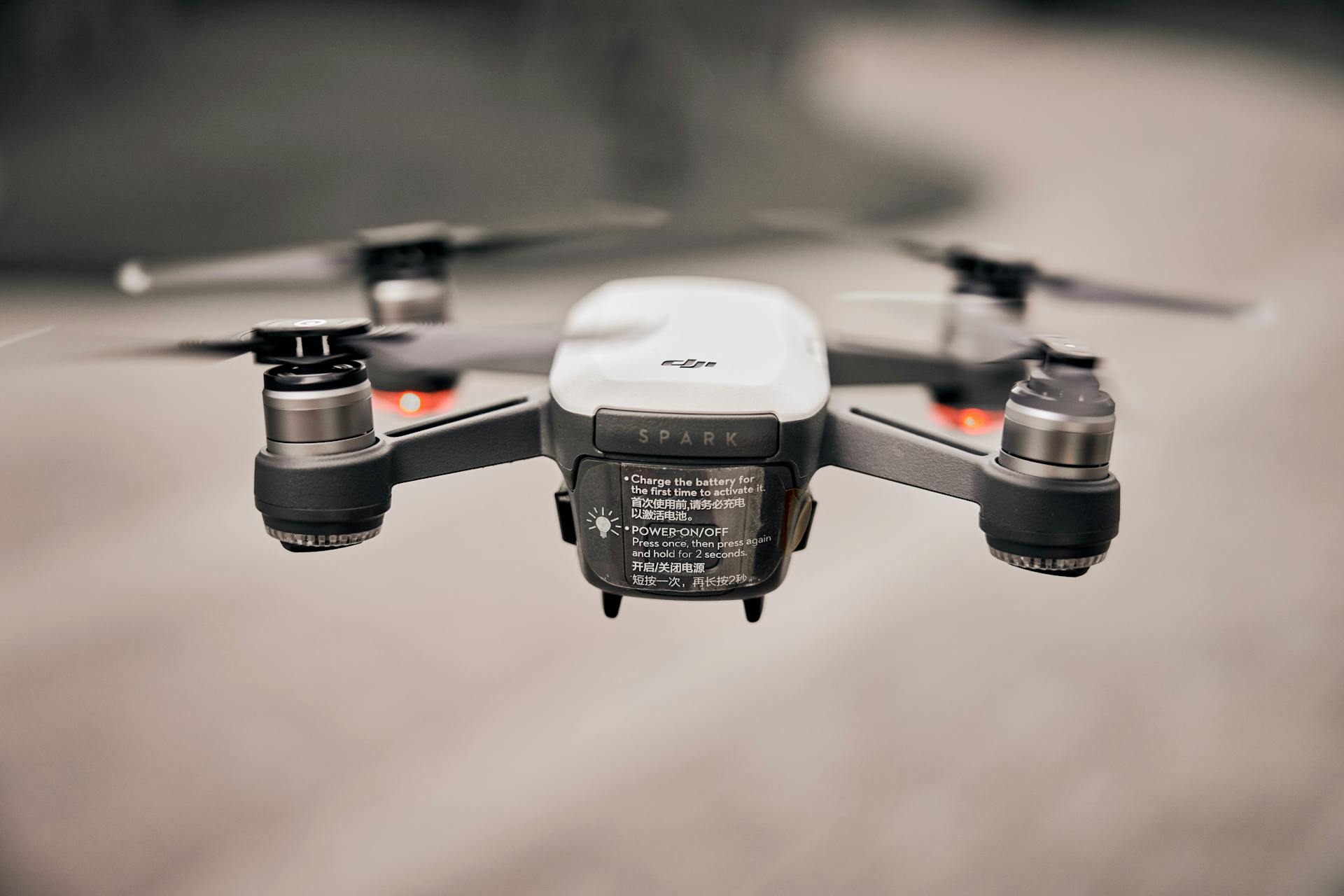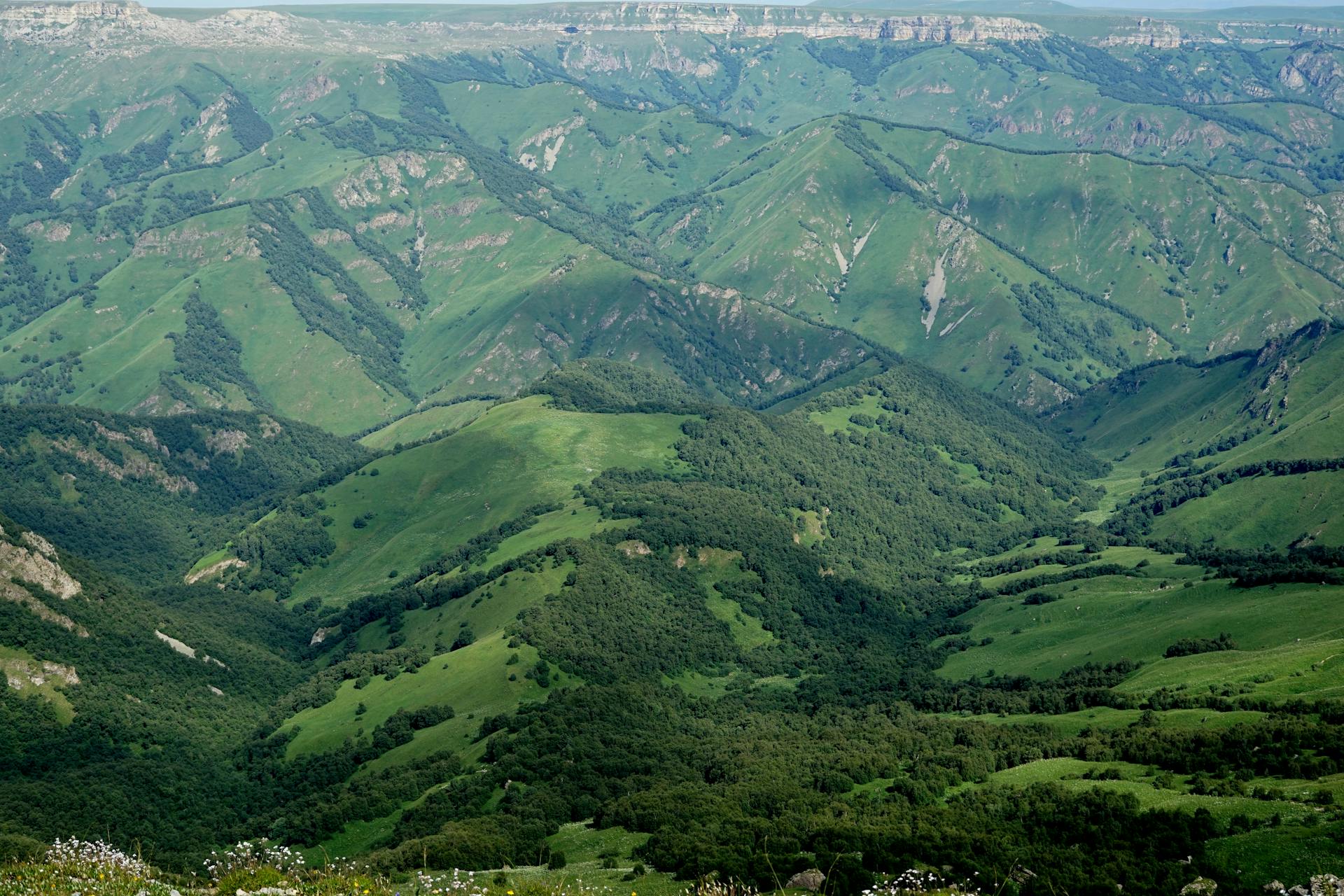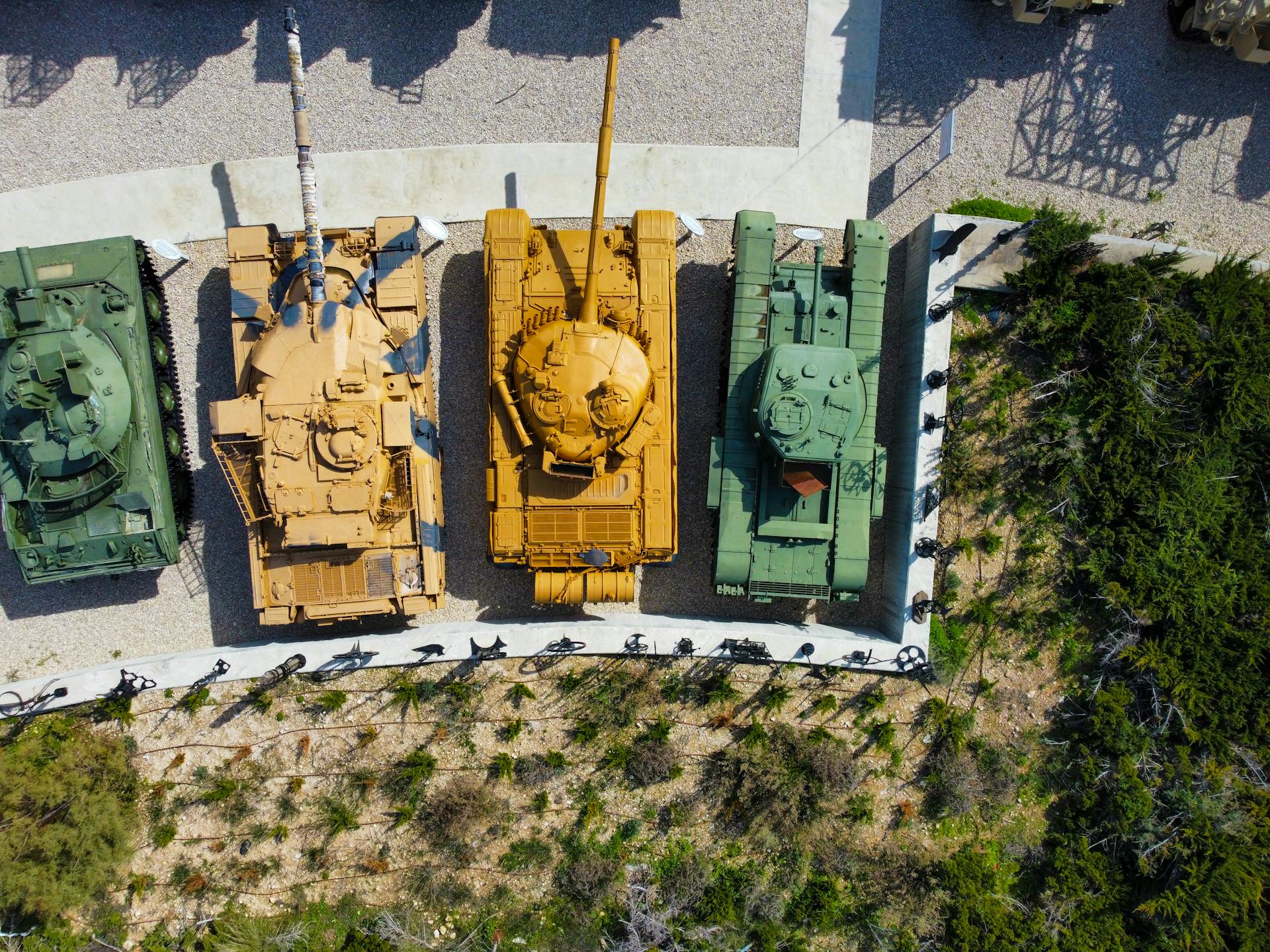
Military drones are capable of flying at incredibly high altitudes, but their weight restrictions can limit their payload and endurance. Some drones can reach altitudes of over 40,000 feet.
The MQ-9 Reaper drone, for example, has a maximum takeoff weight of 4,000 pounds. This weight restriction affects the amount of payload it can carry, which includes sensors, cameras, and munitions.
The high altitude capabilities of military drones allow them to conduct reconnaissance and surveillance missions over long distances and in remote areas. This is particularly useful for military operations in mountainous or desert regions.
The weight restrictions of military drones also impact their fuel capacity and flight duration. For instance, the MQ-9 Reaper has a maximum flight time of around 27 hours.
Military Drones
Military drones are capable of reaching remarkable altitudes, often exceeding 50,000 feet or more. These cutting-edge unmanned aerial vehicles (UAVs) can operate in altitudes where conventional aircraft do.
The MQ-20 Avenger, a U.S. Air Force UAV, has a service ceiling of 50,000 feet, equivalent to 15,240 meters. This is a testament to the advanced engineering and technology that goes into these military drones.
The Northrop Grumman X-47, used by the U.S. Navy, has a service ceiling of 40,000 feet or 12,000 meters. This is lower than some of its counterparts, but still impressive for a UAV.
The Lockheed Martin RQ-170 Sentinel, used by the U.S. Air Force and the CIA, also has a service ceiling of 50,000 feet, or roughly 15,000 meters. Its ability to operate at such high altitudes has been put to use in various missions.
The Skydio X2D, a scout drone for the Army's Short Range Reconnaissance (SRR) program, has a service ceiling of 8,000 feet. This is significantly lower than some of the other drones mentioned, but still a notable altitude for a quadcopter.
Additional reading: How Are Drones Used for Agricultural Purposes
UAS Classification
Drones are classified into groups based on their weight and operating characteristics. Group 3 drones, in particular, are notable for their high operating altitudes and speeds.
These drones weigh at least 1,320 pounds and can reach speeds of up to 250 knots.
One notable example of a Group 3 drone is the Resolute Eagle, which has a nominal operating altitude of over 18,000 feet.
The RQ-7B Shadow, another Group 3 drone, has a service ceiling of 15,000 feet ELOS (electronic line of sight).
The RQ-21 Black Jack, also a Group 3 drone, can fly at speeds of up to 170 kilometers per hour and has a service ceiling of 19,500 feet.
The Arcturus T-20, a Group 3 drone, has a rated service ceiling of 15,000 feet, although its proven service ceiling is higher at 25,000 feet.
Here's a brief comparison of some Group 3 drones:
Well-Known Military Drones
The MQ-20 Avenger can fly as high as 50,000 feet, which is equivalent to 15,240 meters.
The MQ-20 Avenger is an unmanned combat air vehicle made by General Atomics Aeronautical Systems and is used by the U.S. Air Force.
The Northrop Grumman X-47 can travel as high as 40,000 feet, making it a high-flying drone.
The Northrop Grumman X-47 is used by the U.S. Navy in the UCAS-D program and is designed to be a strike fighter.
The Lockheed Martin RQ-170 Sentinel has a service ceiling of 50,000 feet, which is roughly the same as 15,000 meters.
The RQ-170 Sentinel is still currently in service and has seen action in Afghanistan, South Korea, and Iran.
The Skydio X2D has a service ceiling of 8,000 feet, making it a lower-flying drone compared to the others.
The MQ-4C Triton can fly at an altitude upwards of 50,000 feet, which is significantly higher than commercial aviation or medium-altitude, long-endurance (MALE) aircraft.
Flight Limits
Flight limits are crucial for military drones, as they determine how high and how far they can fly. The absolute ceiling, or the greatest height where an aircraft can maintain range flight, varies among drones. For example, the MQ-4C Triton has a service ceiling of 56,000 feet.
However, not all drones can reach such great heights. The RQ-21 Black Jack, for instance, has a service ceiling of 19,500 feet. The MQ-8B Fire Scout can fly up to 20,000 feet, while the MQ-1A/B Predator can reach 25,000 feet.
Suggestion: Military Drone Range Miles
Drones also have a maximum takeoff height, which is the highest altitude at which they can still fly at a speed of 100 feet per minute. This is also known as the above sea level maximum service ceiling. For example, the MQ-9 Reaper has a service ceiling of 50,000 feet, but its maximum takeoff height is not specified.
Here's a table summarizing the service ceilings of some military drones:
Weight Limitations
Weight limitations are a crucial factor to consider when flying a drone. Exceeding the weight limit can impact your drone's altitude capabilities.
Your drone's payload capacity determines how much weight it can carry, which directly affects its maximum altitude. Attaching heavy equipment like a high-resolution camera can reduce your drone's altitude.
Every drone has a weight limit, and it's essential to find the right balance between payload capacity and flight performance. This balance will help you achieve the optimal altitude for your drone.
Most consumer drones have a range of a few kilometers, so be mindful of the distance between your drone and the controller when planning flights. This limitation can weaken or even lose the signal as your drone climbs higher.
Group 1
Group 1 drones are quite versatile, with a maximum weight ranging from 0 to 20 pounds. They can fly at speeds of up to 100 knots.
The Puma, one of the drones in this group, is used for surveillance and intelligence, equipped with an electro-optical and infrared camera. It has been built in over 1,000 units since its introduction in 2008.
The RQ-11 Raven is another drone in Group 1, used by the U.S. Army, Air Force, and Marine Corps. It can fly up to 10 km at altitudes of roughly 150 meters above ground level.
The RQ-11 Raven's flying speeds range from 45 to 100 kilometers per hour. This small drone is designed for quick and agile flight.
Group 1 drones have a nominal operating altitude of more than 1,200 feet above ground level. This allows them to fly high and capture a wide view of their surroundings.
The Wasp III is a mini drone used by the U.S. Air Force and Marine Corps. It has a service ceiling of 50 to 1,000 feet above ground level and 10,000 feet mean sea level.
Group 5
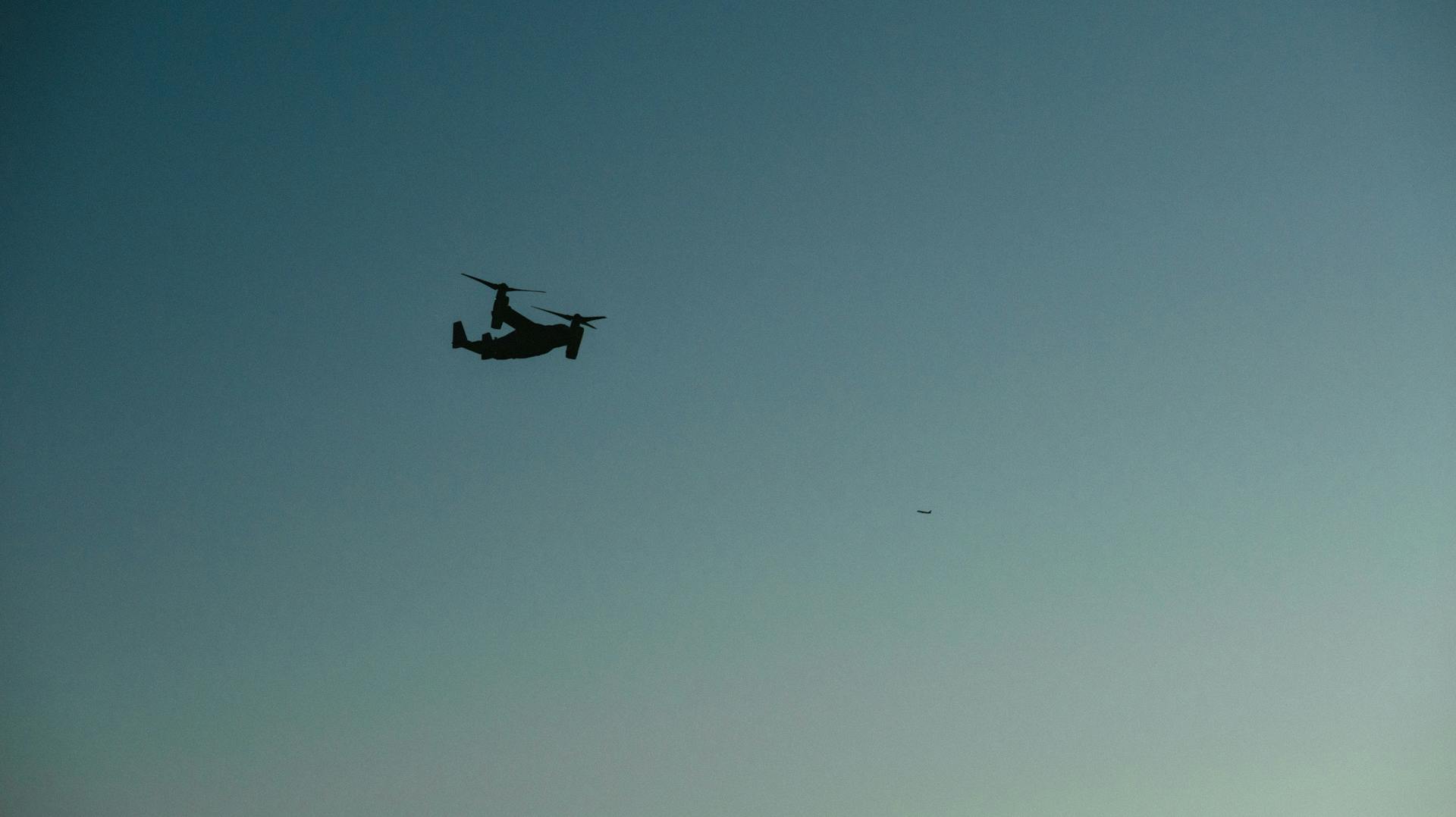
Group 5 drones are capable of reaching high altitudes, with some models operating as high as 60,000 feet.
The RQ-4 Global Hawk is a prime example of this, with a service ceiling of 60,000 feet or 18,000 meters.
These drones are also incredibly fast, with some models reaching speeds of up to 575 kilometers per hour.
The MQ-4C Triton, for instance, has a maximum speed of 575 kilometers per hour, making it one of the fastest drones in its class.
Group 5 drones are also used for a variety of purposes, including surveillance and reconnaissance.
The MQ-9 Reaper, for example, serves the U.S. Air Force and Customs & Border Protection, and is used by other countries as well.
These drones are often used for high-altitude operations, where their speed and agility are put to the test.
The MQ-9 Reaper has a service ceiling of 50,000 feet or 15,420 meters, demonstrating its ability to operate at high altitudes.
A different take: Military Drone Speed
Flight Limits
Flight limits are crucial to consider when operating a drone. The maximum altitude a drone can fly is 10 kilometers (33,000 feet) due to the thin air at high altitudes, which makes it difficult for the rotors to generate enough lift.
The service ceiling, which is the highest altitude an aircraft can maintain flight, varies greatly depending on the drone model. For example, the MQ-8B Fire Scout has a service ceiling of 20,000 feet, while the MQ-4C Triton can reach an altitude of 56,000 feet.
Group 1 drones, which weigh up to 20 pounds, have a nominal operating altitude of over 1,200 feet above ground level. Group 2 drones, weighing between 21 and 55 pounds, can reach a nominal operating altitude of over 3,500 feet.
The absolute ceiling, also known as the greatest height where an aircraft can maintain range flight, is determined by the power of the engines and the full gravity at that height. For example, the MQ-4C Triton has an absolute ceiling of around 56,000 feet.
Take a look at this: Ar Drone 1
Here's a comparison of the service ceilings for various drone models:
Keep in mind that these are just a few examples, and the actual flight limits for your drone will depend on its specific model and operating conditions. Always check your drone's manual and local regulations before flying.
Types and Technology
A drone's altitude capability is largely influenced by its overall design and technological features. Powerful motors provide more lift, efficient propellers better utilize this power, and a lighter drone requires less effort to ascend.
The motor's power is a critical factor in a drone's altitude capability. A drone's weight is also a significant consideration, as a lighter drone requires less effort to ascend.
The interplay of these elements determines how high the drone can fly and how effectively it can maintain altitude in various conditions.
Can Flies Fly Physically?
Flies can't fly physically as high as drones. In fact, the air becomes thinner at higher altitudes, making it harder for propellers to generate enough force to keep a drone afloat.
A drone equipped with spinning propellers has a physical height limit of approximately 10 kilometers (33,000 feet). This is because the air density decreases with altitude, making it harder for the propellers to push against.
The physical limits of drone flight are influenced by three key factors: Absolute Ceiling, Max Service Ceiling Above Sea Level, and Maximum Range. These factors determine how high a drone can fly safely and effectively.
Here are the three factors in more detail:
- Absolute Ceiling: This is the highest altitude at which a drone can sustain level flight, but it's not specified by manufacturers due to safety concerns.
- Max Service Ceiling Above Sea Level: This is the highest altitude at which a drone can still ascend, but with a limited rate of 100 feet per minute.
- Maximum Range: This is the maximum altitude a drone can reach, limited by its signal range and ability to maintain a stable connection with the controller.
It's essential to note that flying a drone too high can be extremely dangerous, and it's always recommended to fly within the legal height limits established in your local area.
What Makes a Fly?
Drones can fly higher due to several factors.
The type of drone is a significant factor, with some designed to reach greater altitudes than others.
A drone's battery capacity and efficiency directly affect its flight time and altitude. Drones with larger batteries can stay in the air longer and climb higher.
Better aerodynamics also enable drones to fly higher, making them more efficient and stable.
Larger propellers can also contribute to a drone's ability to reach greater heights.
Technology
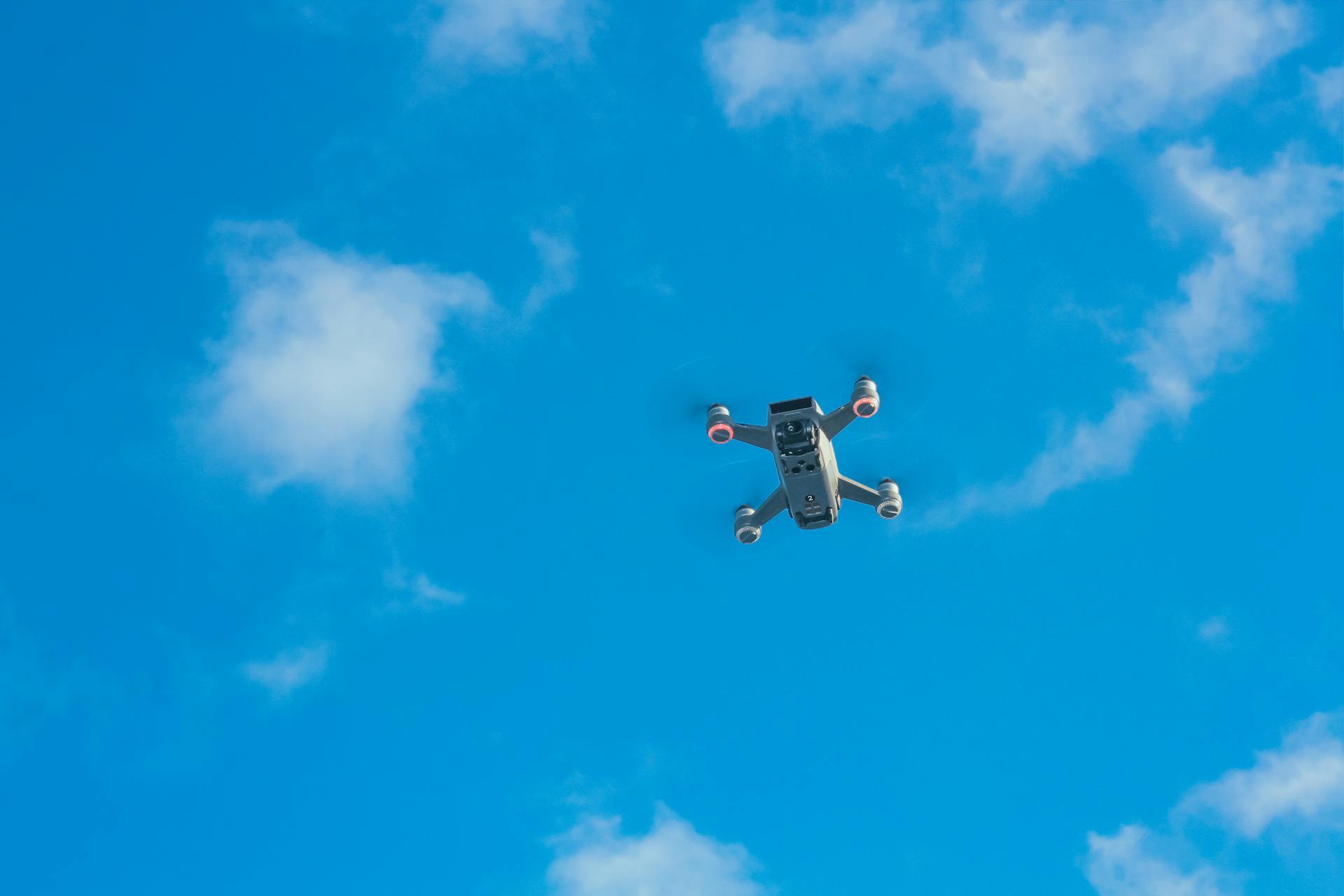
Drones are designed to fly high, but their altitude capability is largely influenced by their overall design and technological features.
The motor's power is a critical factor, as powerful motors provide more lift. Efficient propellers are also essential, as they better utilize the power and reduce energy consumption.
A drone's weight is another crucial factor, as a lighter drone requires less effort to ascend. In fact, Group 2 UAS drones can weigh from 21 to 55 pounds and reach a maximum altitude of over 3,500 feet above ground level.
Advanced drones have sleek aerodynamic designs that reduce air resistance and allow for more efficient flight. They also feature powerful motors and propellers that slice through the air with ease.
The ScanEagle, a small drone built by Insitu, has a service ceiling of 19,500 feet or 5,950 meters, demonstrating the impressive altitude capabilities of modern drones.
Signal transmission and control range are also important limitations on a drone's altitude. As a drone flies higher, the distance from its controller increases, which can weaken the signal and potentially lead to loss of control.
However, advanced drones with stronger transmitters and more sensitive receivers can maintain control at higher altitudes, pushing the boundaries of what's possible.
Consider reading: How to Make a Remote Control for a Drone
Types and Technology
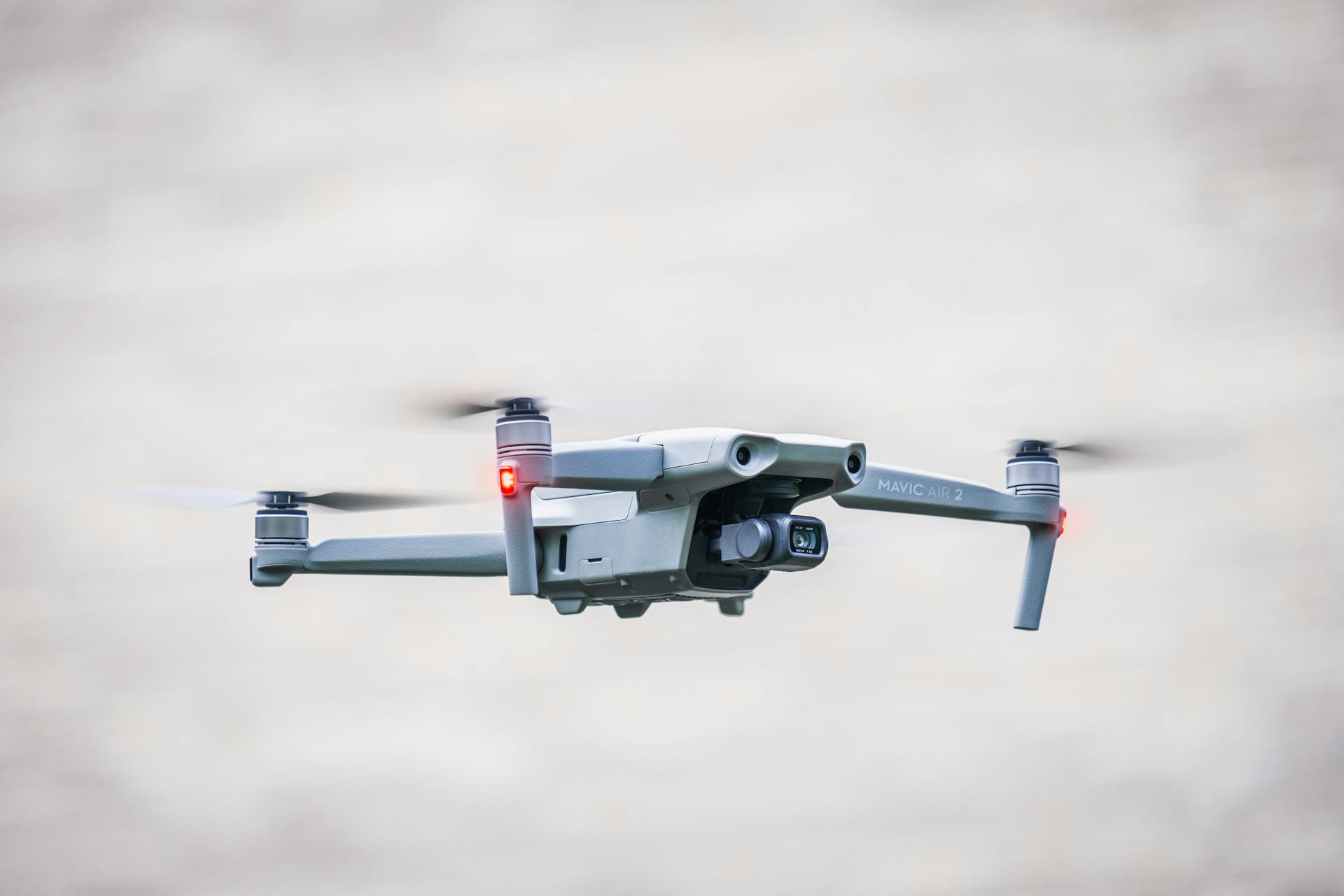
Drones need advanced stabilization systems to handle wind and turbulence, especially at higher altitudes where wind speeds can be significant.
Air density plays a crucial role in a drone's lift and overall performance, affected by warmer temperatures and high humidity.
At higher altitudes, air pressure drops, making it harder for drones to generate lift, and air becomes less dense, requiring drones to work harder to push against thinner air.
Increased wind speeds and turbulence at higher altitudes can challenge a drone's stability and control, making it essential to understand the conditions and adjust the drone's settings accordingly.
Flying in mountainous terrain can cause signal bounce and interference, affecting the drone's ability to maintain a stable connection with the controller.
Lower temperatures at higher altitudes can affect battery performance, reducing power and potentially causing malfunctions due to high humidity.
Various Types
Toy drones typically fly at altitudes of 100 to 150 feet, making them perfect for backyard or park use.
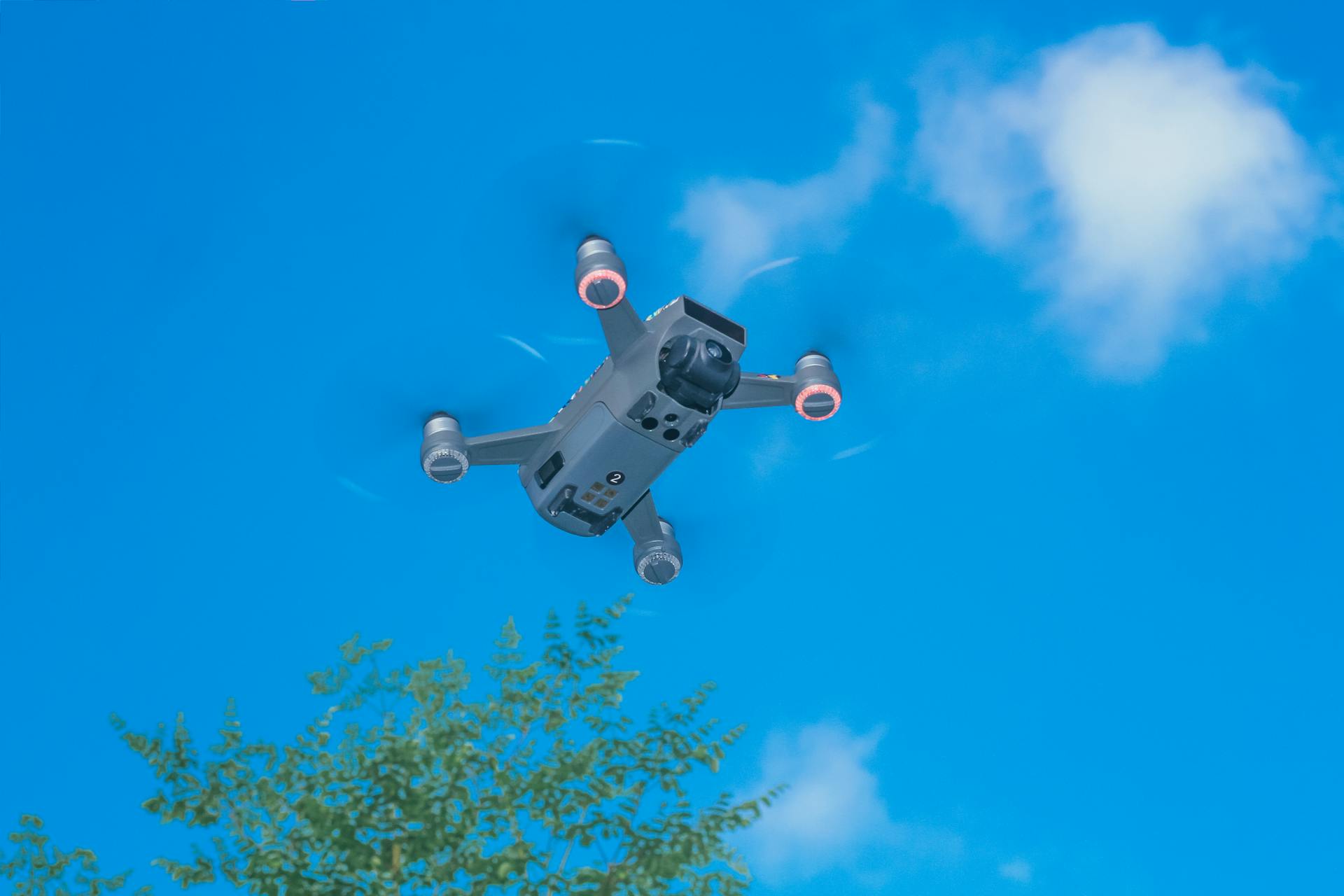
Consumer drones, on the other hand, can reach up to 1,000 feet or more, but their firmware usually restricts them to 400 feet.
Civilian drones can fly up to 1,500 feet, allowing for a broader range of uses like environmental monitoring and academic research.
Commercial drones can reach altitudes exceeding 22,000 feet, making them ideal for tasks like aerial surveys and high-altitude photography.
Police and government drones usually fly at altitudes around 11,200 feet, providing an optimal balance between wide-area coverage and detailed imaging.
Military drones are engineered to operate at altitudes over 50,000 feet, enabling them to avoid detection and carry out strategic missions.
Here's a quick comparison of the altitude capabilities of various drone types:
Different Countries
Did you know that drone altitude restrictions vary by country? In Europe, France allows drones to fly as high as 492 feet (150 meters), while Germany has a limit of 230 feet (70 meters) for recreational drones and 492 feet (150 meters) for commercial ones.
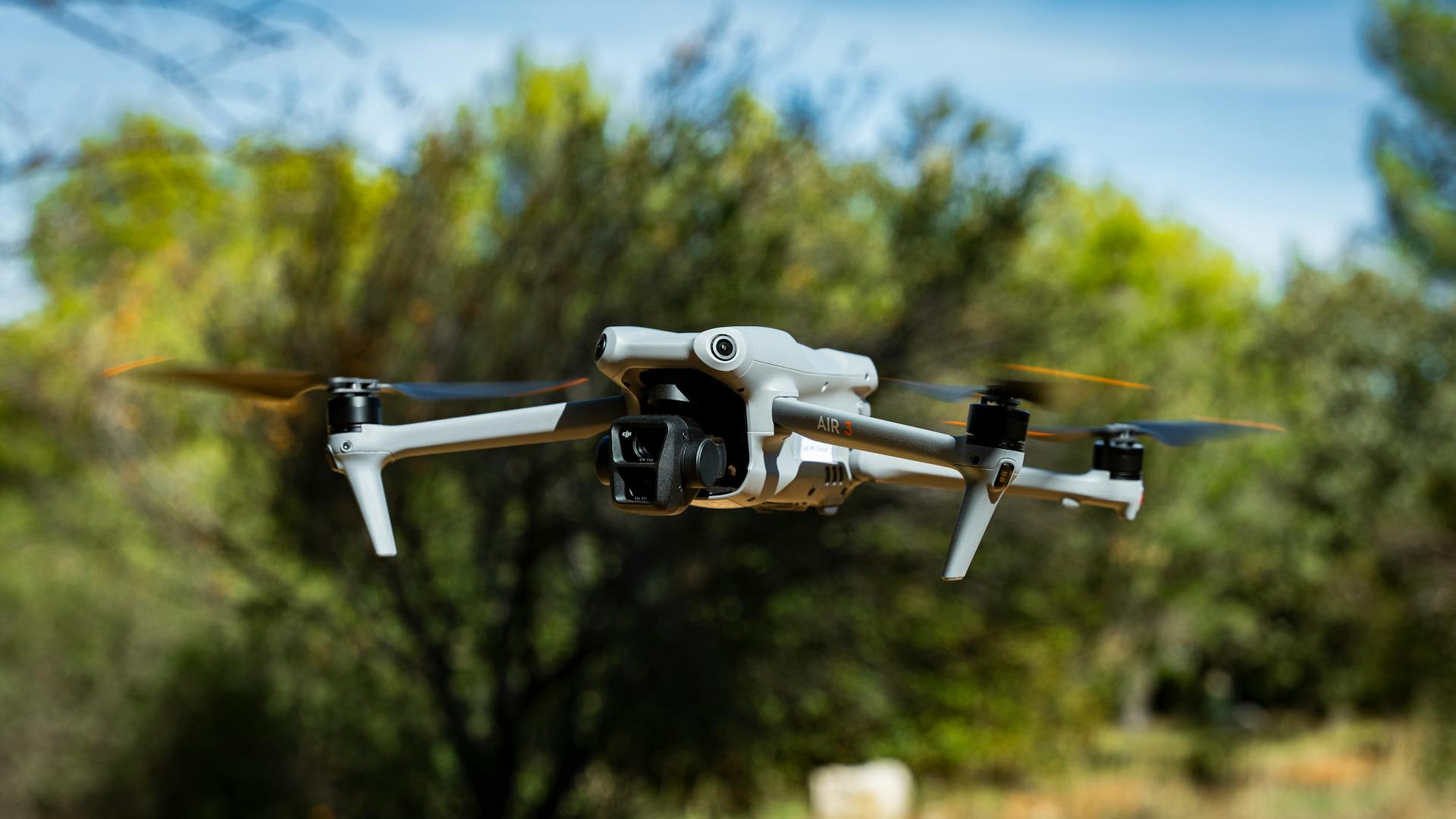
Some countries have stricter limits than others. For example, in the Netherlands, drones are limited to 394 feet (120 meters), while in the United Kingdom, the limit is 400 feet (122 meters).
Here's a breakdown of the maximum altitude limits for different countries:
Frequently Asked Questions
Can a drone fly at 60,000 feet?
Yes, the RQ-4 Global Hawk drone can fly at an altitude of 60,000 feet, allowing for extensive surveillance operations. This high altitude enables it to gather intelligence over large areas without detection.
What is the highest you can legally fly a drone?
In the U.S. and many countries, the maximum legal altitude for drone flight is 400 feet above ground level (AGL) to avoid conflicts with manned aircraft. This limit is enforced by aviation authorities like the FAA to ensure safe skies.
Featured Images: pexels.com
